Mali Flag Meaning
Three vertical stripes of green, yellow, and red representing Mali's agricultural potential, mineral wealth, and the blood of independence fighters, connecting modern Mali to both Pan-African ideals and its legacy as home to medieval Africa's greatest empires.
- Continent
- Africa
- Adopted
- 1961
- Ratio
- 2:3
- Colors
- green, yellow, red
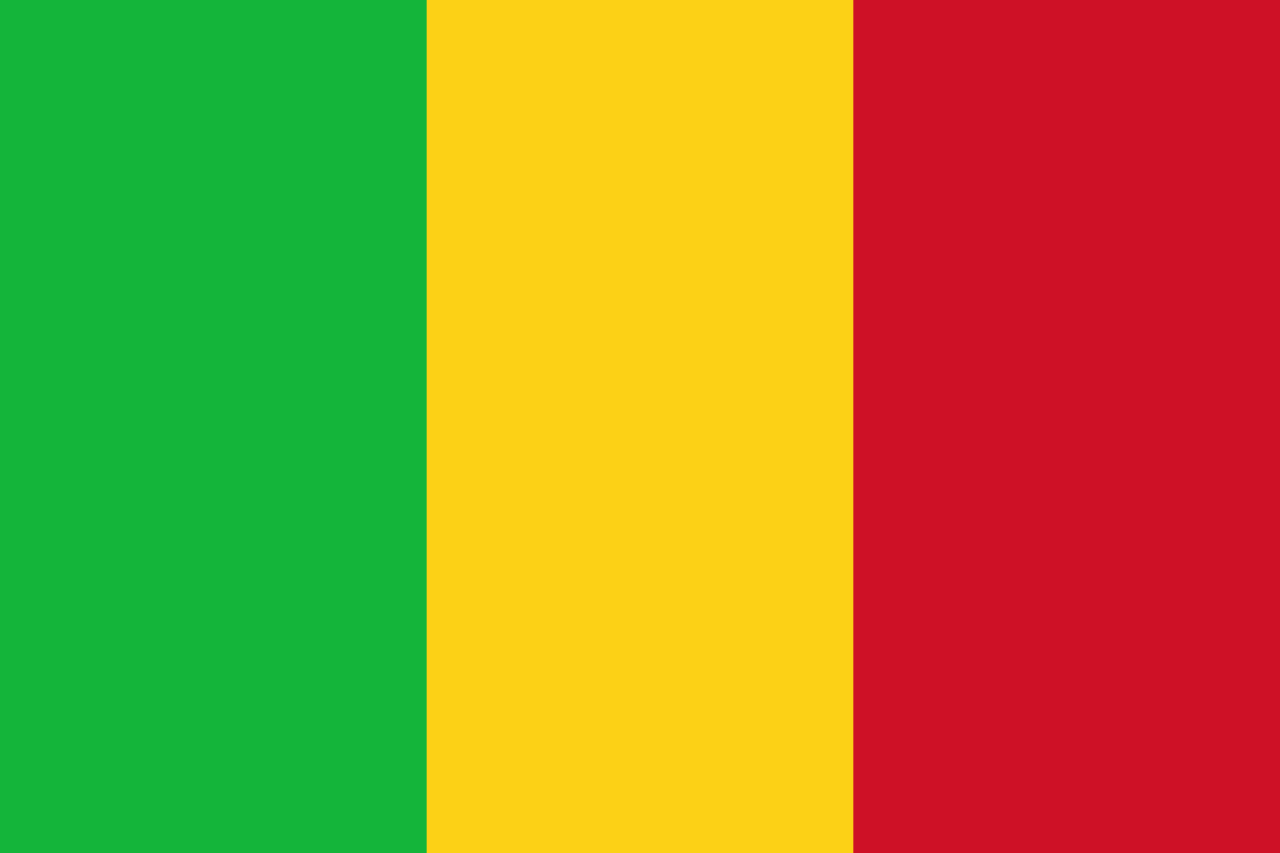
Symbolism
Green Stripe: Represents Mali's agricultural potential and the fertile lands along the Niger River, as well as hope for the future and the country's natural vegetation in the southern regions.
Yellow Stripe: Symbolizes Mali's mineral wealth, particularly gold, which has been mined in the region for over a thousand years. Also represents the Sahara Desert and the bright African sun.
Red Stripe: Represents the blood shed by freedom fighters during the struggle for independence from France, and the sacrifices made by those who fought for Mali's sovereignty and dignity.
Pan-African Colors: The green, yellow, and red combination connects Mali to the broader Pan-African movement and represents solidarity with other African nations seeking unity and independence.
Vertical Arrangement: Follows the French tricolor tradition due to colonial history, while the specific colors chosen represent distinctly African values and aspirations rather than European influences.
History
- 13th-16th Century: The Mali Empire was one of the wealthiest and most powerful kingdoms in the world, controlling gold and salt trade routes and making Timbuktu a center of Islamic learning.
- 1890s-1960: The region became part of French Sudan within French West Africa, using French colonial flags while traditional kingdoms and cultural identities persisted beneath colonial rule.
- 1958-1960: Mali briefly joined the Mali Federation with Senegal, using a federation flag, before the partnership dissolved and both countries pursued separate independence.
- September 22, 1960: Mali gained independence from France under President Modibo Keïta, beginning the process of developing national symbols that would reflect both African identity and modern statehood.
- March 1, 1961: The current flag was officially adopted, featuring the Pan-African colors that connected Mali to other newly independent African nations and the broader decolonization movement.
- 1968-1991: Through military rule under Moussa Traoré, the flag remained unchanged, serving as a symbol of continuity despite political upheaval and economic challenges.
- 1991-Present: Under democratic rule and subsequent political transitions, the flag has continued to represent Mali through various challenges including regional conflicts and internal political changes.
Trivia
- Mali is named after the historic Mali Empire, one of the wealthiest kingdoms in medieval history, whose ruler Mansa Musa was possibly the richest person who ever lived.
- The flag represents the country that is home to Timbuktu, once a legendary center of Islamic scholarship and trade, symbolized by the yellow stripe's representation of historical wealth.
- Mali's flag uses the same colors as Ghana's flag, reflecting the shared Pan-African heritage and the influence of Kwame Nkrumah's Pan-African movement on African independence flags.
- The green stripe represents the Niger River, which flows through Mali and was crucial to the ancient empires that made the region wealthy and powerful.
- Mali is one of the world's largest gold producers, making the yellow stripe's symbolism of mineral wealth particularly relevant to the modern economy.
- The flag appears on Malian CFA franc banknotes alongside images of traditional architecture and cultural symbols, connecting modern Mali to its imperial heritage.
- The ancient manuscripts of Timbuktu, some of the world's oldest written documents, represent the intellectual heritage that the flag symbolically protects.
- Mali is a landlocked country in the Sahel region, and the flag represents the challenges of governing territory that spans from Sahara Desert to tropical savanna.
- The flag has remained constant through various political transitions, including military coups in 1968, 2012, 2020, and 2021, showing its acceptance across different governments.
- Traditional Malian music, including the kora harp and djembe drums, often accompanies flag ceremonies during national celebrations and cultural festivals.
- The flag represents one of Africa's most culturally diverse countries, with over 10 major ethnic groups and languages, unified under the national tricolor.
- Mali's flag appears prominently during the Festival au Désert, an annual music festival that celebrates Tuareg culture and attracts international attention to Malian heritage.
- The flag flies over Djenné, home to the Great Mosque, one of the world's largest mud-brick buildings and a UNESCO World Heritage site representing Mali's Islamic architecture.
- Recent security challenges in northern Mali have made the flag a symbol of national unity and territorial integrity in the face of separatist and extremist threats.
- The flag appears at African Union meetings where Mali plays an important role in West African regional organizations and Sahel security cooperation.
Related Countries
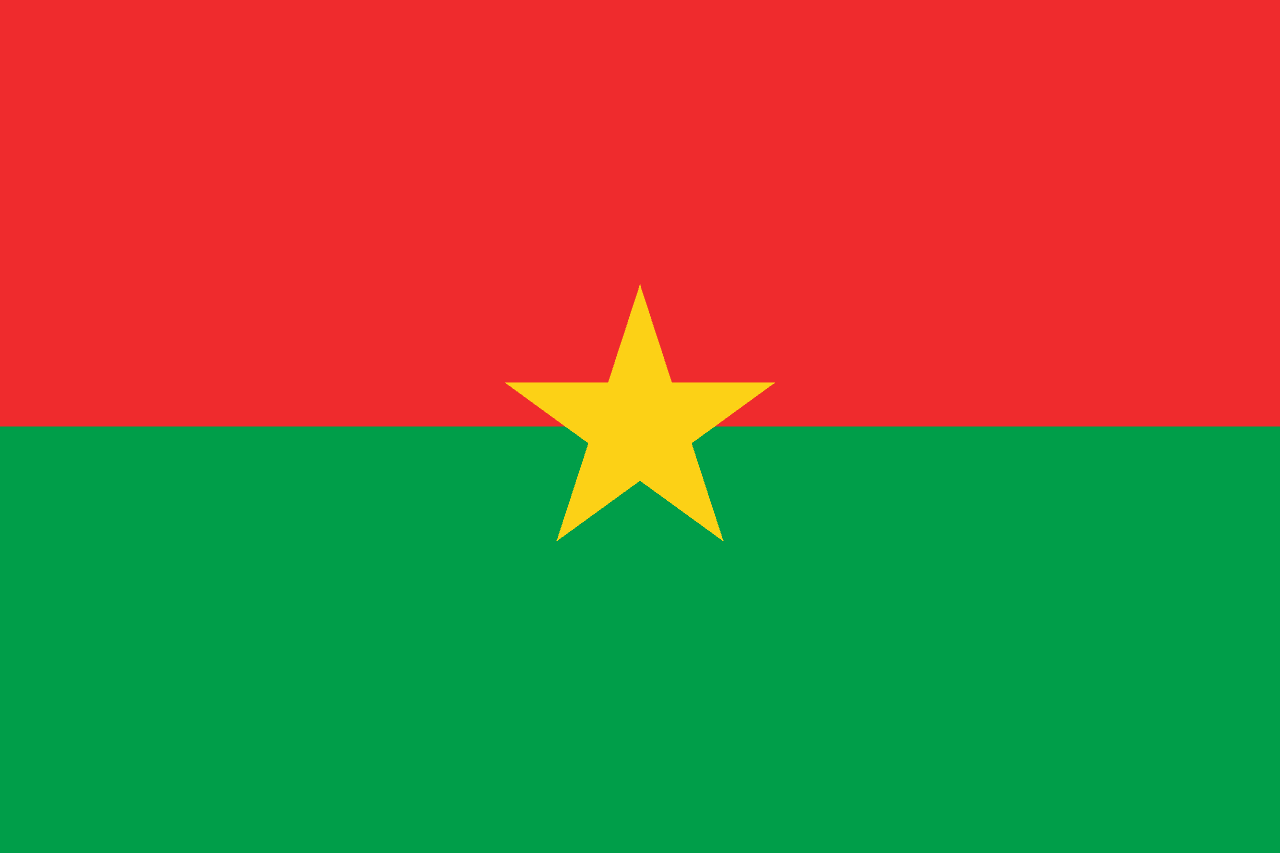
Burkina Faso
Africa
Two horizontal bands of red and green with a yellow five-pointed star in the center, representing the revolutionary ideals, agricultural wealth, and mineral resources of the nation, adopted when the country changed its name from Upper Volta.
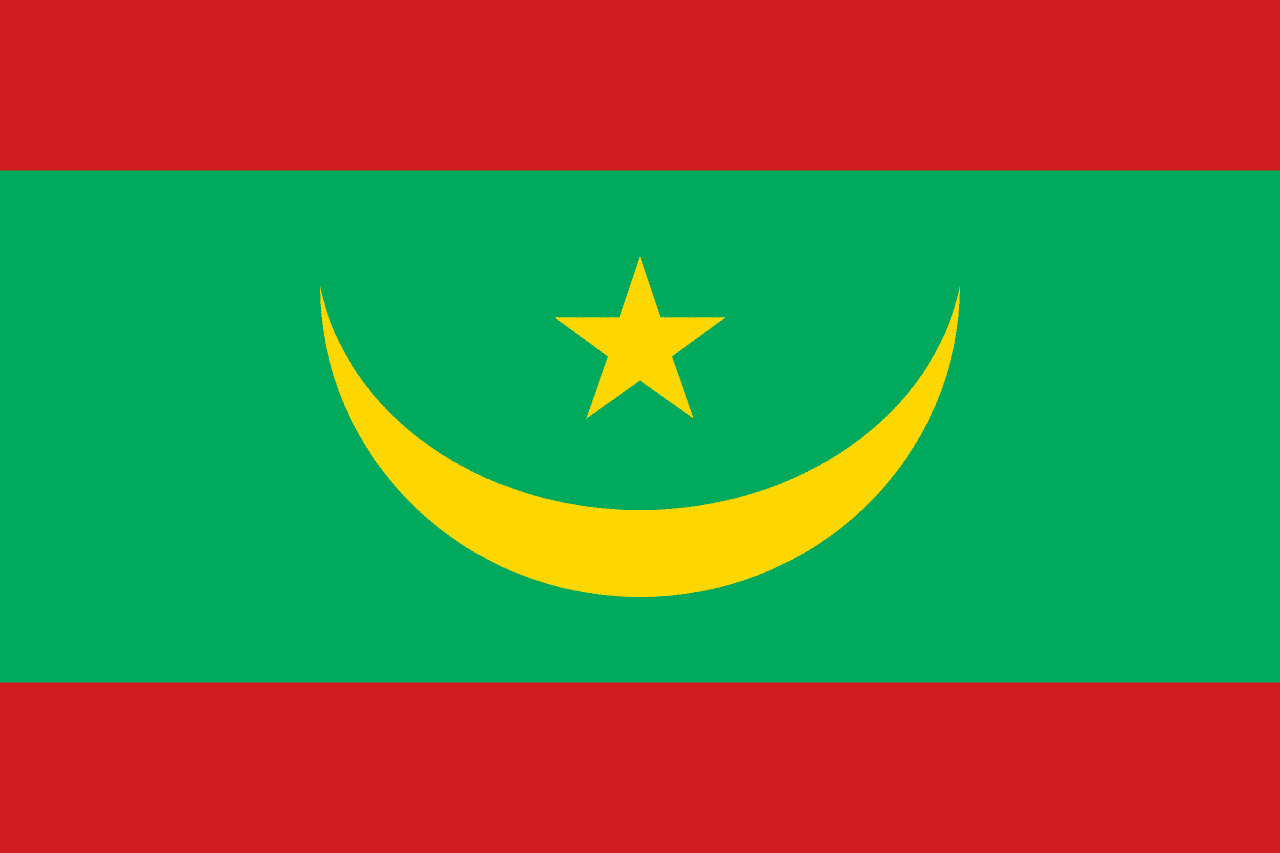
Mauritania
Africa
A green field with yellow crescent and star, bordered by red stripes at top and bottom, representing Mauritania's Islamic identity, the Sahara Desert, and the blood of those who defended the nation.
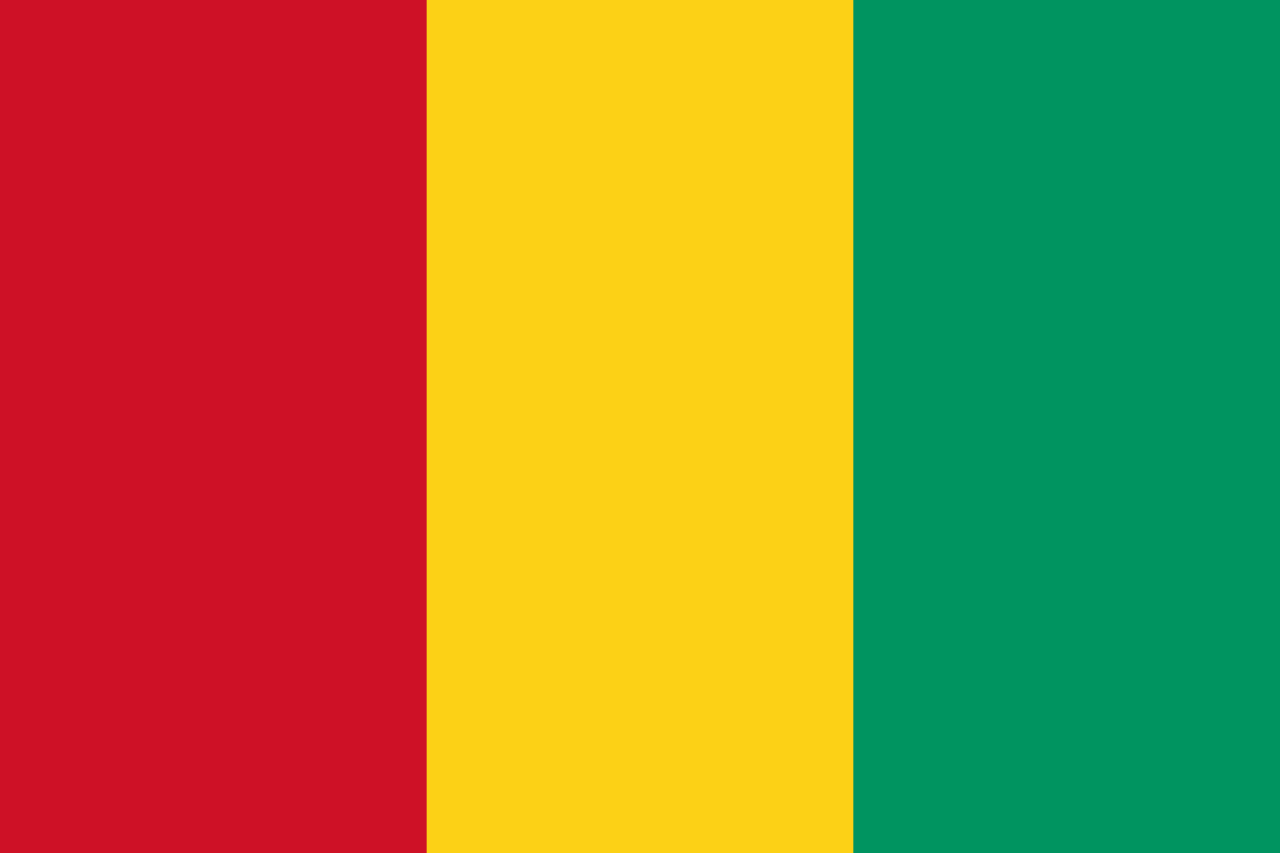
Guinea
Africa
Three equal vertical stripes of red, yellow, and green representing the Pan-African colors, with red symbolizing sacrifice, yellow representing the sun and mineral wealth, and green representing the country's vegetation and agriculture.
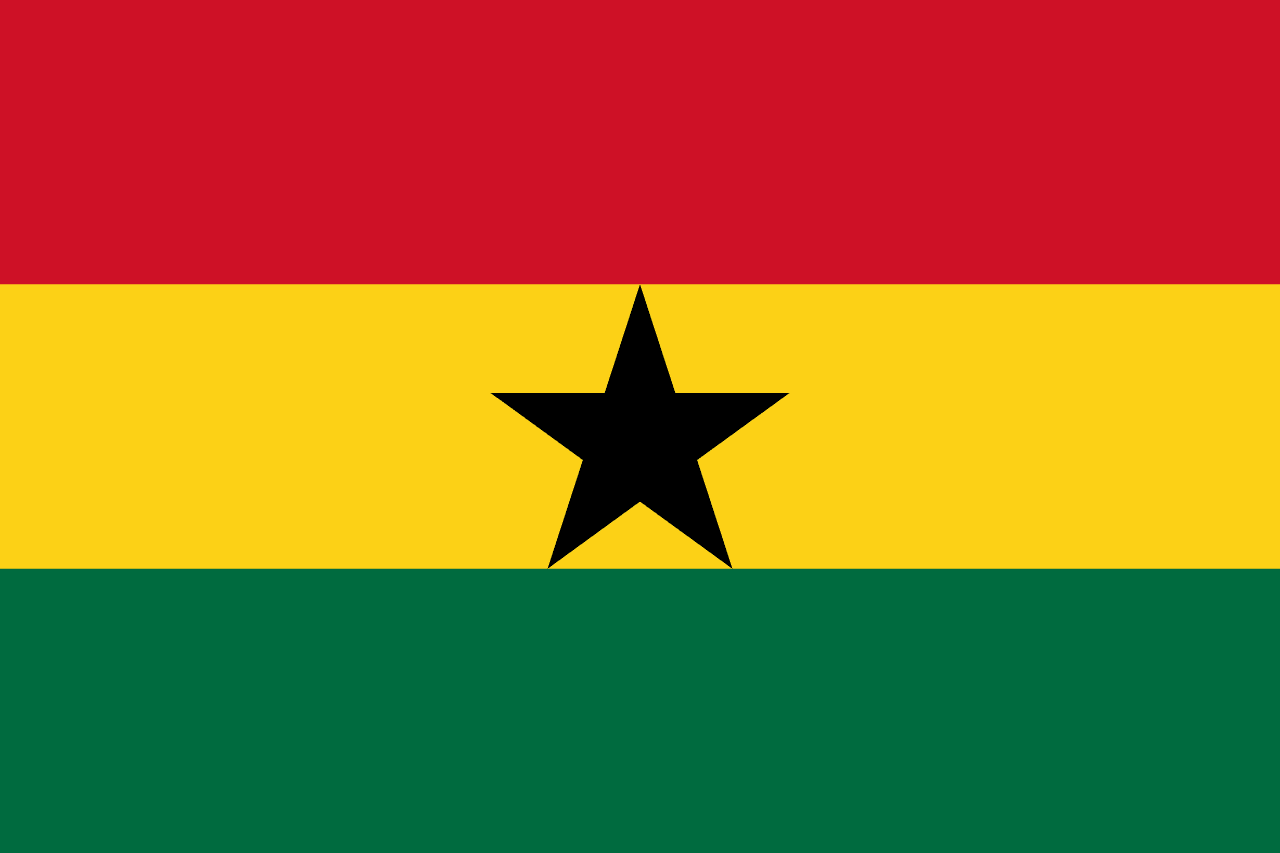
Ghana
Africa
The flag of Ghana and its meaning.
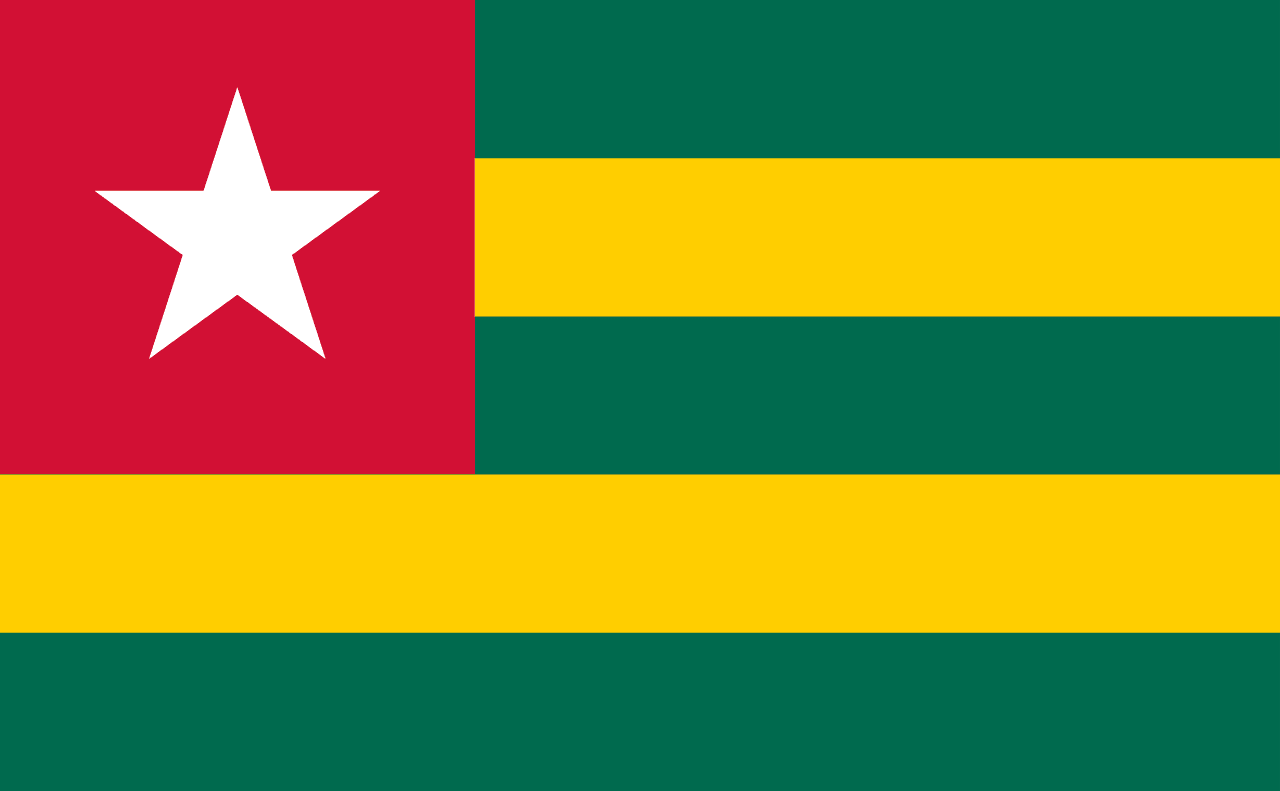
Togo
Africa
Five horizontal stripes alternating green and yellow with a blue canton containing a white five-pointed star, representing the country's forests and agriculture, mineral wealth, the blood shed for independence, hope and purity, and the unity of the Togolese people under one star.
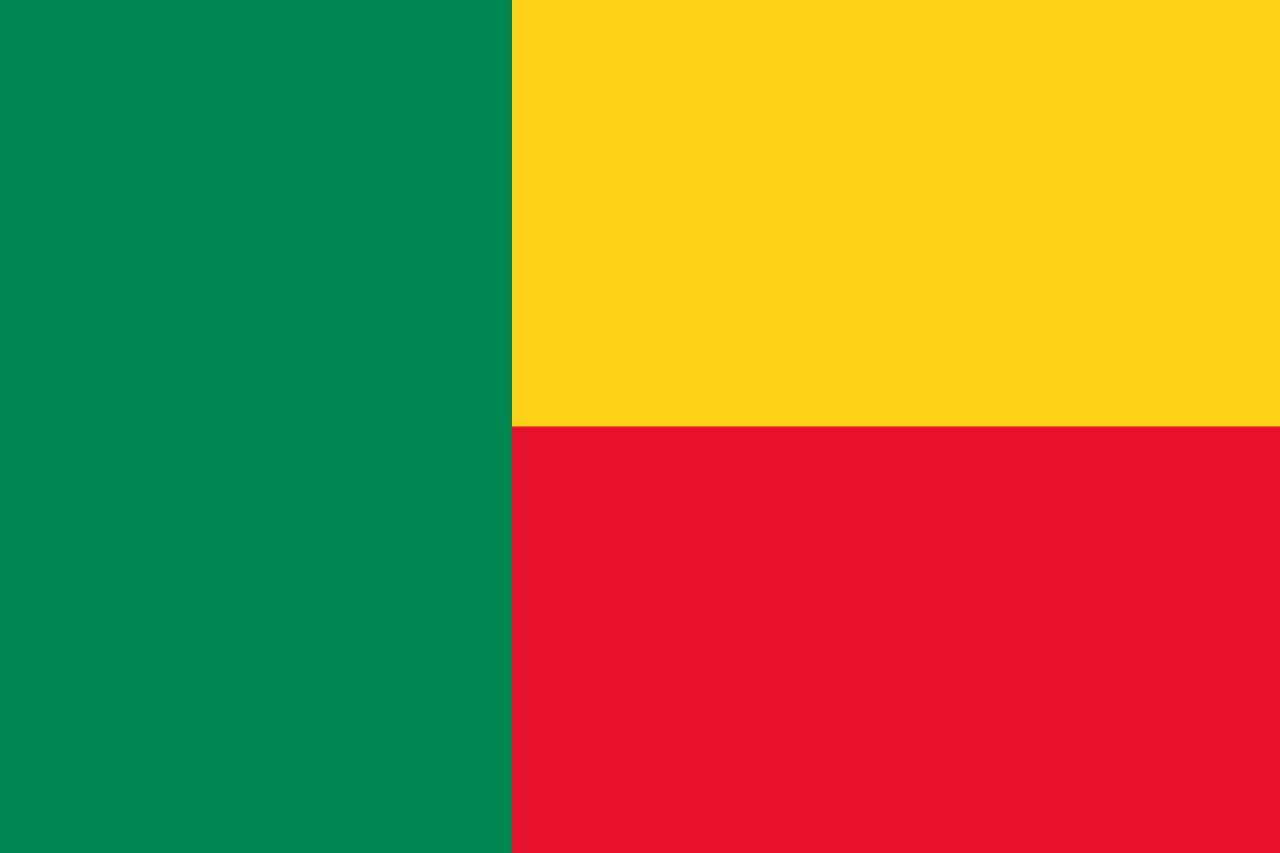
Benin
Africa
A vertical green stripe on the hoist side with horizontal yellow and red stripes on the fly side, representing the forests and hope of the nation, the savannah and mineral wealth, and the courage and blood of the ancestors, using the Pan-African colors that symbolize African unity and liberation.